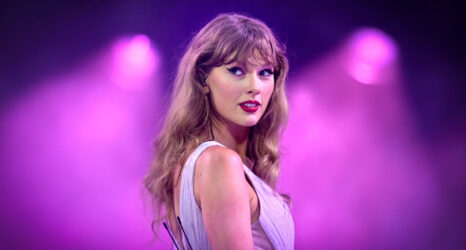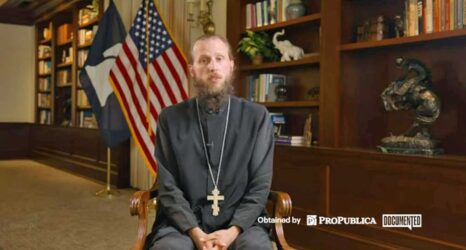
Watching last week’s presidential debate between Trump and Biden felt like being forced to witness an assault in real time. It was combative and belligerent—but more than that it was an alarming performance of aggressive masculinity and a ringing endorsement of white supremacy.
Going into the debate, I expected to see Trump engaging in political spectacle. This is now a well-heeled strategy and a well-documented pattern in his political arsenal.
When confronted with damning criticism like the reports of his of decades of tax evasion or withholding of timely news about the spread of coronavirus that unfolded recently, Trump denies and deflects, resorts to aggrandizement and hyperbole, and ultimately revels in misdirection and chaos. In this performance, he also deliberately invokes racially coded language and overt displays of masculine bravado as an appeal to white male voters and anyone who identifies with those forms of privilege.
As a political scientist and someone who studies elections for a living, I expected to see this last week. I thought I had inoculated myself to this. I had not.
Not only was Trump engaging in spectacle last Monday night—this was a racialized spectacle on steroids. He didn’t simply signal racial anxiety with calls for “law and order,” and effuse threats to suburban life and “our values”; he actively targeted Black and brown communities by calling out Oakland, Chicago and Philadelphia.
Make no mistake, he didn’t pull these references out of thin air—invoking these majority-minority cities is his way of nodding to white voters anxious about the demographic changes they see happening around them. As Ian Haney Lopez has noted, it was a rhetorical “dog whistle” meant to simultaneously demonizes the people in those cities as unwanted and by extension un-American while seeding the worst fears of white Americans of population extinction, cultural irrelevancy, economic competition and ultimately racial resentment.
Worse yet, when asked by moderator Chris Wallace to denounce the kinds of white supremacist violence on display at in Charlottesville in 2017—violence that resulted in the death of Heather Heyer and injury to 19 other people—he couldn’t even say the words: white. supremacy.
This also wasn’t another exercise in combative debate speech. This was a version of masculinity that emphasizes men’s domination and relishes in open displays of bravado.
It was the same aggressive masculinity we saw on the Access Hollywood tapes in back in 2016—released four years ago, this week. This was the same man who broadcast his penchant for sexual assault by saying,
“You know I’m automatically attracted to beautiful—I just start kissing them. It’s like a magnet. Just kiss. I don’t even wait. And when you’re a star, they let you do it. You can do anything. Grab ’em by the pussy. You can do anything.”
It was the same aggressive masculinity that wouldn’t stand for an actual debate, let alone criticism, and verbally assaulted everyone on the stage with unrestrained hostility, harassment and constant interruption.
As a Latina who works in a largely white male dominated field, I’ve encountered this performance of masculinity and this kind of speech a million different times in both my personal and professional life. It is relentless and silencing and serves no other purpose than to enforce and maintain masculine domination.
At the end of the night, the debate was a reminder of the ways both racism and sexism are intertwined and co-constituitive in the Trump administration.
For those of us who’ve studied this administration and the intersecting modes of subordination at work, we also know this speech is only a precursor to restrictive policies and practices that capitalize on the same racialized fears and masculinist agendas. If there was any doubt about Trump’s embrace of this agenda, his signal to the Proud Boys—a notoriously violent racist and sexist neo-fascist group—to “stand back and stand by” served as chilling reminder of what is still possible in this campaign.
You may also like:





